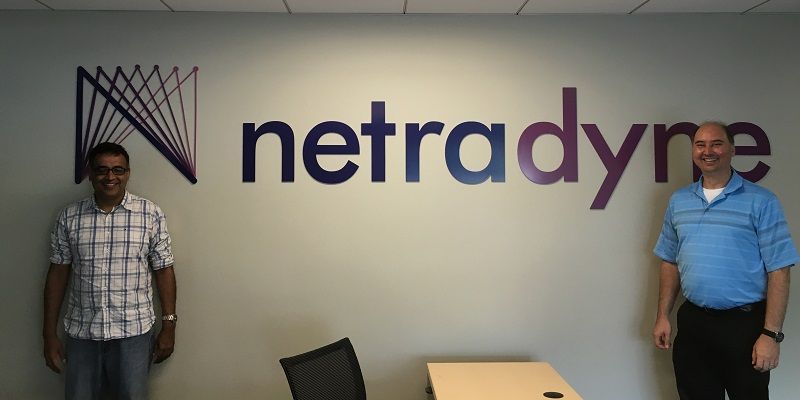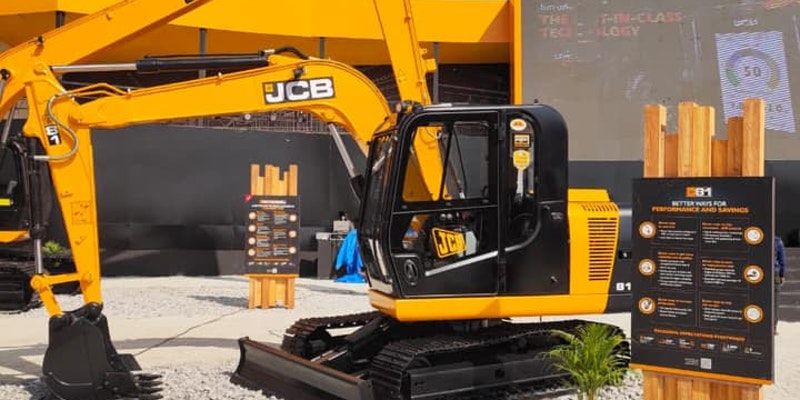2 Qualcomm engineers build an IoT device that monitors driver, ensures road safety
Netradyne believes that road safety begins with understanding driver performance better.
Self-driving and autonomous cars are touted as the next big thing, with all the big companies from Google to Tesla getting into it. But, to be sure, it is going to be a long time before we will see a self-driven car on Indian roads. Road safety, however, continues to be a major problem in the country, with the number of accidents going up by the day.
According to a report published by the transport research wing of the Ministry of Road Transport and Highways, the total number of road accidents increased by 2.5 per cent, from 4,89,400 in 2014 to 5.01,423 in 2015. The total number of people killed in road accidents increased by 4.6 percent, from 1,39,671 in 2014 to 1,46,133 in 2015.
Avneesh Agarwal took notice of the problem sitting in San Diego, where he was leading Qualcomm's global research, and later went on to become the president of the company's India presence.

The idea
Having been a technologist most of his life, Avneesh saw a rapid convergence of emerging technologies. He felt that the computation power on devices was growing rapidly, thanks to the spurt in smartphone usage, but not moving much when it came to Internet of Things (IoT) devices. He explains,
“As a technologist you look at past trends, start making projections based on present experience and make an educated guess that the convergence of tech can give birth to great products. That is when I thought of building a product combining deep learning and IoT.”
Avneesh soon roped in David Julian, his colleague from Qualcomm, and the duo started Netradyne in August 2015, focusing on visual analysis. From an architecture perspective, they realised the amount of video and data one consumes cannot be moved to the cloud. The device needs to be able to handle and read analytics. Avneesh adds,
“We started looking at the field of autonomous driving as we were very fascinated by the area. But we realised that it would take a while to gain traction, especially in India. Even if there are statistics that say 20 percent of the cars will be fully autonomous, we felt it would take a fair amount of time to penetrate the mass market. As a startup you want to solve big problems. The problem we wanted to solve was on road safety.”
The duo felt that the first step towards providing road safety was evaluating and measuring driver performance. Avneesh believes that only when you measure their performance that you can take the next step to improve the performance. They quickly moved into the area of driver monitoring and data analysis.
What does the product do?
The device the team is developing is mounted on the windshield behind a car's rearview mirror. It has four cameras—one each facing the road and the driver and two being peripheral cameras on the side. It is a fully connected device.
The device sees whatever the driver is seeing and analyses driver performance and tracks every manoeuvre the driver makes. It answers pertinent questions such as whether the driver is maintaining a safe distance from the vehicle in the front, whether he is keeping a safe distance from the pedestrians and stopping at traffic lights? And in the US, is the driver stopping at stop signs?
Avneesh explains that it is almost like having an expert driver sitting right next to you and guiding the actual driver. The device records everything via a video, which it analysis on its own through an automated AI framework.
The growing IoT market
“It helps companies with proper driver training and coaching in which you are not just showing them random videos; you’re showing them mistakes being made by real drivers. It has a more powerful impact. We are actually creating a driver score, which is quantifying the risk of a driver. Just like the finance industry has a very sophisticated credit score, which measures your probability of default.”
Avneesh explains that this information can help insurance companies set premiums, and incentives can be created for drivers to improve performance. He claims that information is a powerful way to modulate human behaviour as long it is fair, accurate and comprehensive.
The 50-member Netradyne has offices in San Diego and Bengaluru, and raised a funding of $16 million from Reliance Industries in May 2016.
Artificial Intelligence, machine learning and IoT seem to be the buzzwords in today’s startup world. Gartner Inc. forecasts that 6.4 billion connected devices will be in use worldwide by 2016, up 30 percent from 2015, and that this number will reach 20.8 billion by 2020. In 2016, 5.5 million new things were connected every day.
Apart from biggies like Google and Uber entering the self-drive and connected cars space, there are several Indian startups such as Raksha SafeDrive, which are focusing on road safety using an IoT device.
Avneesh however believes that there are several use cases for Netradyne. He says that the idea is more about video analytics and effectively harnessing the use of AI.
“The way we look at it is that we want to be among the top AI companies in the world. What makes us unique is the product experience wrapped around AI. Our ability to commercialise AI, not just research, but develop a commercial grade hardware is our USP,” adds Avneesh.
With a SaaS-based system in place, Netradyne follows a subscription-based revenue model. It has already done a few trials with B2B clients in the US.







![[Funding alert] IIT Kanpur-backed startup Phool.co raises $1.4M in a pre-Series A round](https://images.yourstory.com/cs/2/e641e900925711e9926177f451727da9/Image64ln-1598521641321.jpg)
![[Funding alert] Foodtech startup GO DESi raises Rs 4.5 Cr from Rukam Capital](https://images.yourstory.com/cs/2/79900dd0d91311e8a16045a90309d734/VinayKothari-1582199891458.jpg)


